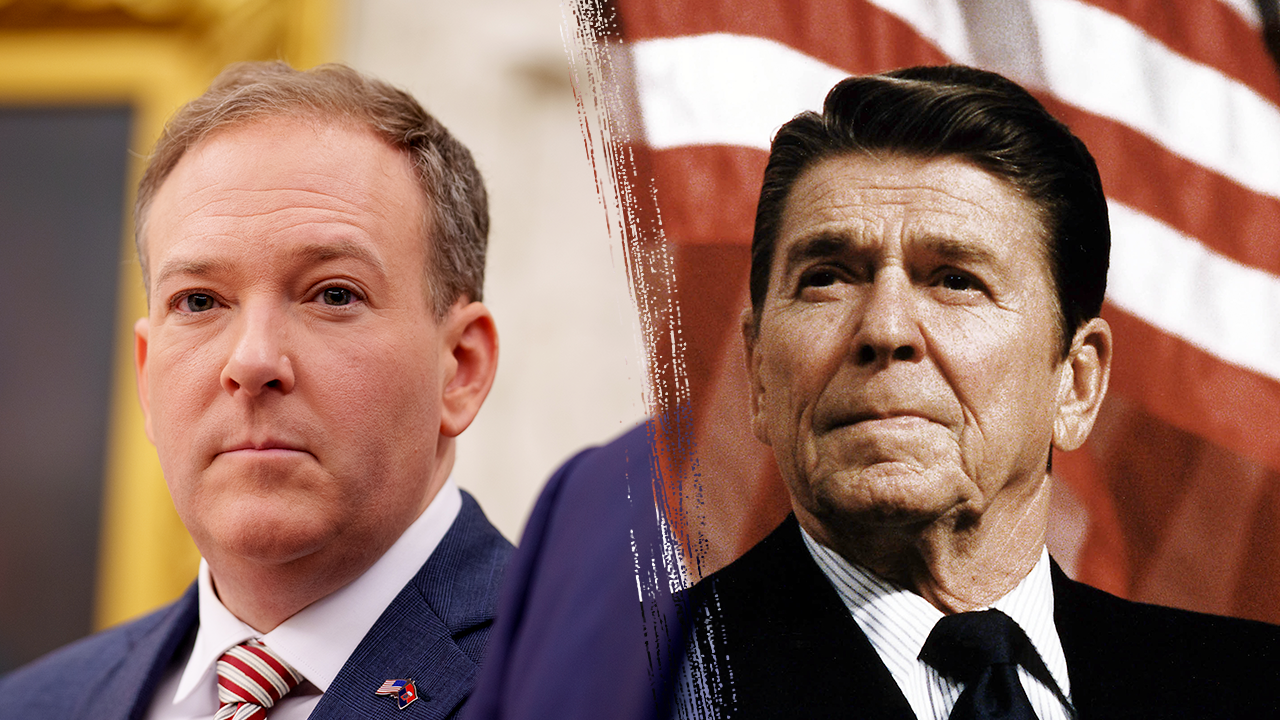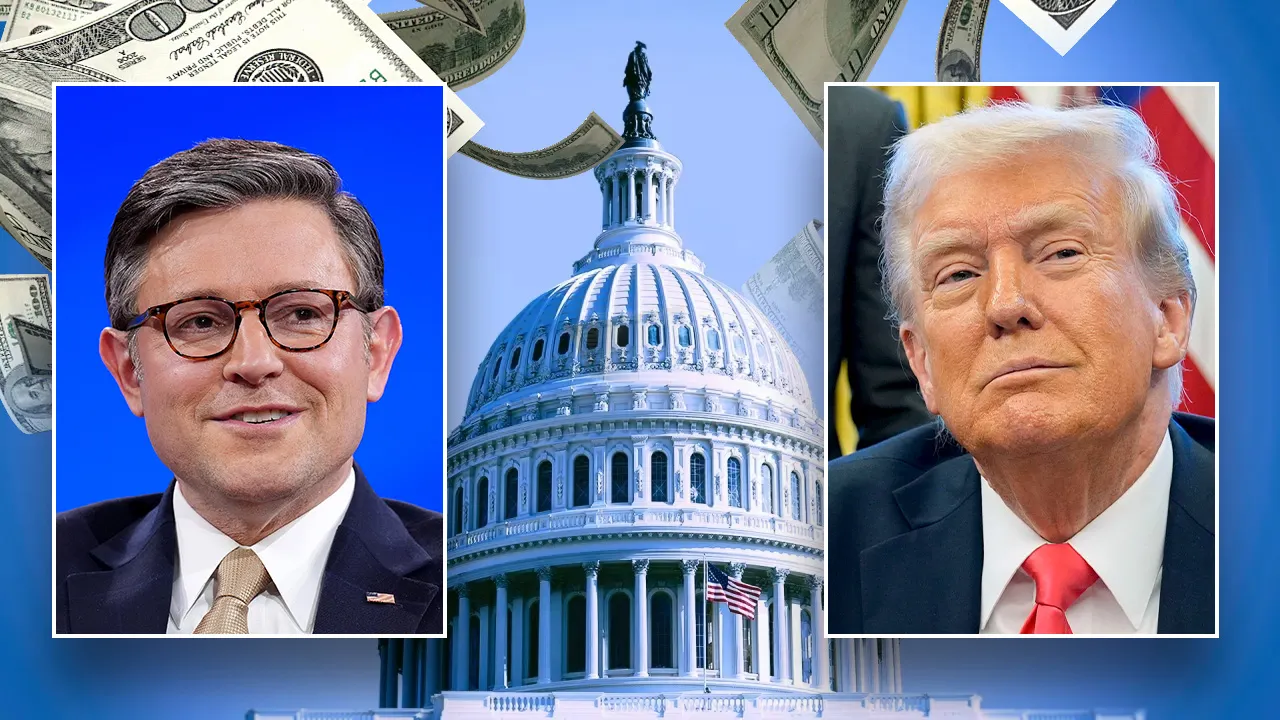Business
How India Profits From Its Neutrality in the Ukraine War

India’s purchases have put it strategically between Russia and the Western coalition backing Ukraine, as the world’s economic relationships continue to be rewired in the wake of the war.
The United States, Europe and other countries have imposed sweeping sanctions on Moscow. In an effort to hurt Russia but keep global supplies steady, the West also imposed a cap on the price Russia could charge for its oil.
This cheaper oil has found new markets — including India, which now purchases nearly two million barrels a day, roughly 45 percent of its imports, according to the International Energy Agency.
In addition to stoking India’s economy, cheap Russian oil has given India a lucrative business refining that crude and exporting the products to other regions that suddenly need fresh energy supplies. That includes the European Union, which has banned direct oil purchases from Russia.
India’s prime minister, Narendra Modi, has taken a neutral stance on the conflict in Ukraine. The country’s balancing act will be in focus this week, as Mr. Modi makes his first state visit to the United States.
The nations’ leaders will meet on Thursday to discuss new partnerships in defense, clean energy and space, in an effort to solidify what the Biden administration has called “one of our most consequential relations.” The conversations are likely to touch on reducing India’s ties to Russia, which include partnerships in defense and energy.
In a little over a year, India has gone from purchasing hardly any Russian oil to buying about half of what the country exports by sea.
Where Russia’s seaborne oil exports go
Russia invades Ukraine
51%
31%
16%
2%
Europe
Other countries
India
China
A chart showing the destination countries of Russian oil exported by sea, showing a steep rise in the share of exports heading to India after Russia’s invasion of Ukraine.
Source: Kpler
Note: Data through May 2023.
Russia is the world’s third largest oil producer. Some of that oil is exported through pipelines, the destination of which cannot be changed without hefty investments. But the tankers that ferry oil across oceans can be more easily rerouted, often to China and India, which together purchased almost 80 percent of seaborne Russian crude oil exports in May.
China and India are buying so much Russian oil now that Moscow is selling more crude than it was before it invaded Ukraine. At the same time, lower prices have meant that the Russian government is earning less revenue on its oil trade.
The reasons for falling oil prices are complex, and experts debate how much they are because of the West’s price cap, or merely the result of a slowing global demand. Either way, India has found a way to take advantage of the situation.
What India is paying for Russian crude
Before Russia’s invasion, India’s imported oil came mostly from the Middle East. Prices of shipments fluctuated based on global market conditions.
Once fighting began, a deluge of Russian crude began arriving — often at a far lower cost — according to a New York Times analysis of shipping and market data from Kpler and Argus Media, two commodity research firms.
There were 357 shipments in the roughly nine months between Russia’s invasion of Ukraine and the institution of the price cap, the Times analysis showed. The average price per barrel from Russia was $78.
After the price cap, which was set at $60, the pace of shipping accelerated. The average price of Russian oil plummeted to $51 a barrel — translating into billions in savings for buyers.
A chart showing individual oil tanker shipments into India from Russia and the Middle East, where the x axis is time, and the y axis is price.
Sources: Shipment data from Kpler. Pricing data from Argus Media.
Note: Data through May 2023. Only crude shipments from the Middle East and Russia are shown, but these constitute the bulk of shipments over this time period.
The bulk of the crude that goes to India from Russia arrives at ports near Jamnagar in Gujarat State and is piped to nearby refineries.
The Jamnagar Refinery, which is owned by Reliance Industries, is the largest in the world, with the capacity to process more than 1.2 million barrels per day. Reliance is controlled by Mukesh Ambani,
India’s most powerful businessman and a strategic partner to Mr. Modi’s government.
India’s second-largest refinery is less than 10 miles away: the Vadinar complex owned by Nayara Energy. Nayara is half-owned by Rosneft, Russia’s state oil company; a Russian investment group has a stake in the other half.
So as the trade in this region grows, Russian companies — and, by extension, Moscow — are reaping some of the benefits.
Russian crude shipments in the Gulf of Kutch this year
Total barrels shipped between through May 2023.
A map of the Gulf of Kutch showing key oil terminals and oil refineries, and how many barrels of Russian crude have arrive there from January to May of 2023.
Sources: Satellite image by Copernicus. Data via Kpler.
Note: Pipeline paths and refinery boundaries are approximate.
Some of what’s processed at these sites is used domestically. But a growing amount is funneled to the global market, starting with Southeast Asia, Africa and — increasingly — Europe and the United States. India sells all of these products at market prices, earning revenue for its companies and bulking up the country’s reserves of foreign currency with dollars and euros.
The Center for Research on Energy and Clean Air, a research group based in Finland, published a report in April that highlighted the role of certain “laundromat” countries, which buy Russian oil, refine it into other products and sell it on to buyers in Europe, the United States and other jurisdictions that have halted direct purchases from Russia.
Chief among these countries named in the report was India, as well as China, Turkey, the United Arab Emirates and Singapore.
The port of Sikka, which serves the Jamnagar Refinery, was both the largest global import point for seaborne Russia crude oil and the single biggest point of oil exports to the countries that had imposed the cap, the report said. From December to February, the refinery exported almost $3 billion worth of refined products to countries observing the price cap.
Where India’s seaborne oil products go
Russia invades Ukraine
22%
45%
33%
Other countries
Middle East and Asia
Europe
A chart showing the destination countries of India’s seaborne oil product exports, showing a modest gain in the share of exports heading to Europe since Russia’s invasion of Ukraine.
Source: Kpler
Note: Data through May 2023.
India has rejected the notion that it is trying to profit from wartime sanctions.
In the lead up to India’s first time hosting the Group of 20 nations summit in September, the country’s diplomats have been working furiously to balance the concerns of the European Union, the United States, China, Russia and other members.
But the Modi government’s first priority appears to be making India, which recently surpassed China as the world’s most populous country, more self-reliant. In practice, that means pursuing its own interests without regard for its partners’ complaints.
In December, S. Jaishankar, India’s foreign minister, was asked in Parliament about India’s decision to buy Russian crude. “It is a sensible policy to go where we get the best deal in the interest of the Indian people,” he said. “If it is your contention that our position has been in putting the interests of the Indian public first, I plead guilty.”
Methodology
Ship paths
Tanker ship position data was provided by SynMax, a satellite data analytics company, using two commodity tracking platforms, Theia and Leviaton AI. Using this data, The Times was able to map the paths that ships leaving Russia took between January and May in both 2021 and 2023.
By comparing the path data with known port locations published in the World Port Index, The Times calculated when a ship stopped at a specific port. The data was filtered further to show only ships that left Russian waters and headed directly to an Indian port.
Crude prices
The Times analyzed oil shipment data from Kpler, a firm that tracks global trade, to find how much Russian crude was flowing into India. Using the date of departure of each shipment, The Times cross-referenced the type of crude oil flowing into India with corresponding price data from Argus Media, a commodity research firm.
Based on prices set at departure ports, Indian crude buyers may have saved $5.8 billion to $14.7 billion. Departure price data does not include the shipping and insurance cost that buyers have to pay to get crude to its final destination, therefore total savings may not have been as much.
Russian Urals Crude, for example, was priced at an average of $65 a barrel in May as delivered to West Indian ports, compared with $50 when priced in departure ports in Russia.
Additional sources
Victoria Grabenwöger, crude oil analyst at Kpler; Dror Guzman, Principal Software Engineer at Synmax; and Seana Lanigan, Head of Media Relations at Argus Media

Business
The Stock Market’s Boomerang Month Has Put Investors in a Bind

The stock market is now higher than before President Trump’s broad and steep tariffs sent share prices into a tailspin. The 10-year government bond yield is now largely in line with where it started the year. On Tuesday, a widely watched measure of inflation nudged lower.
Judging from a snapshot of today’s financial markets, it would be easy to conclude that very little had happened over the last four and a half months.
As the administration has dialed down its trade offensive, delaying the worst of the tariffs announced on April 2 and promoting a long list of trade deals in the works, stocks have risen and the unnerving volatility in the government bond market — which Mr. Trump noted when he first began pausing his tariffs — has subsided.
On Tuesday, the latest reading of the Consumer Price Index showed a slower pace of inflation in April than economists had predicted, despite widespread concerns that tariffs could have sped up price increases.
The S&P 500, which came close to hitting a bear market early last month, is now up slightly since the start of the year, after a 0.7 percent gain on Tuesday.
Still, investors remained cautious, and complain that the outlook remains uncertain, with little clarity on what the final level of tariffs will be.
That leaves them in a tricky position, with many saying they have little conviction as to where the economy is headed but they cannot afford to wait on the sidelines and miss out on the possibility that tariffs will be lowered further and stocks will rise.
In the meantime, investors are still trying to parse how the tariffs that remain in place — including 30 percent tariffs on many Chinese imports — are affecting consumer spending and corporate profits
John Kerschner, a portfolio manager at Janus Henderson, said signs of tariff-fueled inflation are not likely to show up in the economic data for months.
“The market will wait with bated breath for those readings to make a determination of where we actually stand on tariff induced rising prices. Thus, market uncertainty will likely remain elevated,” Mr. Kerschner said.
The Federal Reserve is also in a wait-and-see mode, unwilling to keep lowering interest rates before the inflationary effect of the new tariffs is known. That’s because lower interest rates stimulate the economy and could add a further tailwind to inflation.
Market bets on when the Fed will next lower interest rates have gradually been pushed further out. At the start of this year, investors were anticipating that the Fed would lower interest rates at its meeting last week. Now, investors expect the first rate cut of the year to arrive at the September meeting.
Ellen Zentner, chief economic strategist for Morgan Stanley Wealth Management said the lower than expected reading in the Consumer Price Index on Tuesday “doesn’t mean tariffs aren’t impacting the economy, it just means they aren’t showing up in the data yet.”
“Wait-and-see is still the name of the game, and until that changes, the Fed will remain on the sidelines,” she added.
The longer uncertainty prevails, the more it becomes its own economic force, separate from the tariffs. Uncertainty means businesses hold off on making investment decisions and consumers pull back from spending, slowing economic growth.
Beneath the surface, that concern is still evident in the markets.
The Russell 2000 index of smaller companies, which are more at risk from a downturn in the economy, has risen from its lows, but remains 14 percent lower than its peak in November. The S&P 500 is only 4 percent below its February high.
The lowest-rated corporate debt continues to show some signs of strain.
Then there is the dollar, which has sent the most pointed signal of concern about tariffs. The dollar index, which measures the currency against a basket of its peers, has fallen 6.9 percent so far this year.
That is the dollar’s biggest slide since the end of 2022, when the Fed pivoted from raising interest rates, which had strengthened the dollar, to holding them steady.
But even now, as tariffs have de-escalated, the dollar has regained ground.
“As far as markets are concerned, there’s now a belief that the worst of the trade war has passed, and that the trend is now towards de-escalation,” noted analysts at Deutsche Bank said in a recent research note. But they also warned, “The U.S. is not out of the woods yet.”
Business
Google settles lawsuit alleging bias against Black employees

Google agreed to pay $50 million to settle a lawsuit alleging the search engine giant was racially biased against Black employees.
The settlement, which was reached after mediation and certified by a U.S. District Court judge in Oakland on Friday, covers some 4,000 Google employees in California and New York.
The original lawsuit came after a state agency, now known as the California Civil Rights Department, in 2021 began investigating Google’s treatment of Black female workers.
In 2022, former Google worker April Curley filed a lawsuit in federal court in San Jose alleging that she and other Black workers experienced systemic discrimination.
Curley, who worked at Google for six years, had been hired to conduct outreach and design recruiting programs with historically Black colleges.
However, her experience at the company quickly soured, she said, alleging that she was stereotyped as an “angry” Black woman, that she and other Black women had not been allowed to present during important meetings and that she was wrongfully terminated in 2020 after challenging internal practices.
Black workers were hired to lower-level jobs, paid lower wages, subjected to hostile comments and denied promotions, Curley and other Black workers who joined the proposed class-action alleged in their lawsuit.
The complaint said managers disparaged Black employees for not being “Googley” enough, comments the plaintiffs said served as racist dog whistles.
Throughout the litigation, the Mountain View-based company has maintained that it did not violate any laws.
“We’ve reached an agreement that involves no admission of wrongdoing. We strongly disagree with the allegations that we treated anyone improperly and we remain committed to paying, hiring, and leveling all employees consistently,” Google spokesperson Courtenay Mencini said in a statement Tuesday.
In addition to the monetary payout, Google has agreed in the settlement to analyze pay and correct differences based on race for the next three years. The company has also committed to maintaining transparent salary ranges and methods for employees to report concerns about pay or other practices.
And through August 2026, the company will not require employees to enter into mandatory arbitration for employment-related disputes, according to the settlement agreement filed last week in federal court.
Business
Tariff Misery in Japan: Honda and Nissan Forecast Plunges in Profit

President Trump’s decision to negotiate a break for China on tariffs is galling for Japan, which is reeling from auto sector levies that the White House has shown no sign of willingness to lift.
Japan, a top U.S. ally in Asia, was eager to advance trade negotiations with Washington, even as Mr. Trump imposed tariffs on automobiles, and threatened an across-the-board 24 percent tariff on Japanese goods.
While Beijing and others assembled plans for retaliatory tariffs, Japan rushed to Washington for trade negotiations, armed instead with commitments to buy more American goods and boost investments in the United States to $1 trillion.
Now in Tokyo, the sting is palpable.
On Tuesday — one day after the Trump administration agreed to temporarily nix most of its tariffs on China — two of Japan’s top automakers issued dire profit forecasts, weighed down by the effects of U.S. car tariffs.
Honda Motor said that its operating profit would fall nearly 60 percent for the fiscal year that began in April. It attributed the downgrade to a whopping $4.4 billion hit from tariffs.
Nissan Motor suspended its profit forecast for the current year, and said that it would likely swing to an operating loss in the first quarter. The automaker, which was already restructuring its global operations before the U.S. tariffs, said it would slash an additional 11,000 jobs on top of the 9,000 cuts it announced in November.
In Japan there is a sense of disbelief and indignation among business leaders and government officials that the Trump administration backed down on China tariffs, while maintaining punishing levies on allies like Japan with significantly smaller trade imbalances.
The fact that the U.S. prioritized China over many other trade partners in reaching a tariff agreement showed that “at this stage, allies like Japan are at a disadvantage,” said Kazuhiro Maeshima, a professor of American politics and diplomacy at Sophia University in Tokyo. “This can only be seen as disregard,” he said.
Earlier this month, a 25 percent U.S. tariff on vehicle imports was extended to cover auto parts as well. Those two levies are particularly painful for Japan because automobiles and car parts are by far its biggest export to the United States.
Economists estimate that the higher auto tariffs alone could put a big dent in economic growth in Japan this year. Factoring in broader disruptions from U.S. tariff policy, officials have predicted that growth could be more than halved.
That is because the auto sector is the backbone of Japanese industry. Nissan has already planned to shift some manufacturing to the United States to skirt tariffs, and if such moves are replicated by others, it could spark a broader hollowing out of industrial production in Japan.
Japan’s biggest automaker, Toyota Motor, said last week that while it aimed to protect production and jobs in Japan, U.S. tariffs would likely cost it more than $1 billion in April and May alone.
Honda’s chief executive, Toshihiro Mibe, said on Tuesday that the company plans to expand manufacturing in the United States to try to recover some of the billions of dollars of tariff losses it forecast. That includes moving some domestic production of its hybrid Civic to a factory it operates in Indiana, he said.
Japan is also negotiating with the United States regarding the proposed 24 percent “reciprocal” tariff, which the Trump administration announced last month and then delayed until early July. The next round of trade talks is expected later this month, but progress has stalled.
Japan has said lower tariffs on cars are a necessary condition of any trade deal, a position that Prime Minister Shigeru Ishiba reiterated in parliament on Monday.
-

 Austin, TX4 days ago
Austin, TX4 days agoBest Austin Salads – 15 Food Places For Good Greens!
-

 Education1 week ago
Education1 week agoIn Alabama Commencement Speech, Trump Mixes In the Political
-

 Technology1 week ago
Technology1 week agoBe careful what you read about an Elden Ring movie
-

 Culture1 week ago
Culture1 week agoPulitzer Prizes 2025: A Guide to the Winning Books and Finalists
-

 World5 days ago
World5 days agoThe Take: Can India and Pakistan avoid a fourth war over Kashmir?
-

 Education1 week ago
Education1 week agoUniversity of Michigan President, Santa Ono, Set to Lead University of Florida
-

 Technology5 days ago
Technology5 days agoNetflix is removing Black Mirror: Bandersnatch
-

 Politics1 week ago
Politics1 week agoEPA chief Zeldin announces overhauls to bring agency back to Reagan-level staffing














